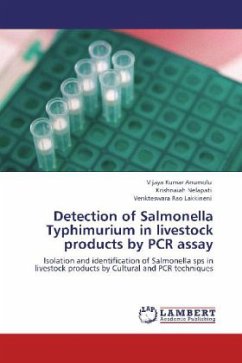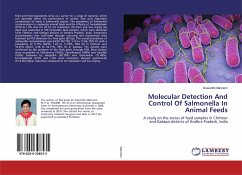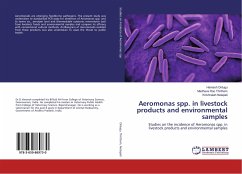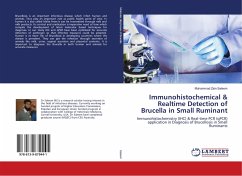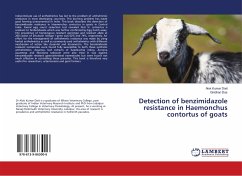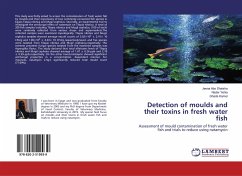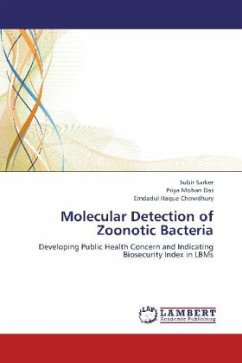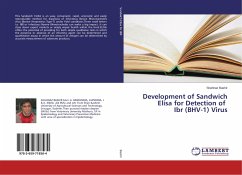Salmonella is one of the most important pathogen involved in human food borne illness both in developed and developing countries. The detection method for Salmonella in foodstuffs is both time consuming and problematic, since these organisms are present only at low levels, together with large number of competing micro flora and also Salmonella may be injured by different food processing methods.Traditional cultural methods for Salmonella detection involve non selective pre enrichment, followed by selective enrichment and plating onto selective and differential agars. Suspected colonies are confirmed biochemically or serologically.The culture method is labour intensive and time consuming, (three to four days for negative result and upto seven days for positive result). To overcome these drawbacks, alternate methods such as enzyme immunoassays, DNA hybridization, HGMF (Hydrophobic grid membrane filter) methods, which replaced the use of plating media, but lacks of specificity and sensitivity PCR is nucleic acid based rapid, sensitive and specific method for detection of food borne pathogens.
Bitte wählen Sie Ihr Anliegen aus.
Rechnungen
Retourenschein anfordern
Bestellstatus
Storno

